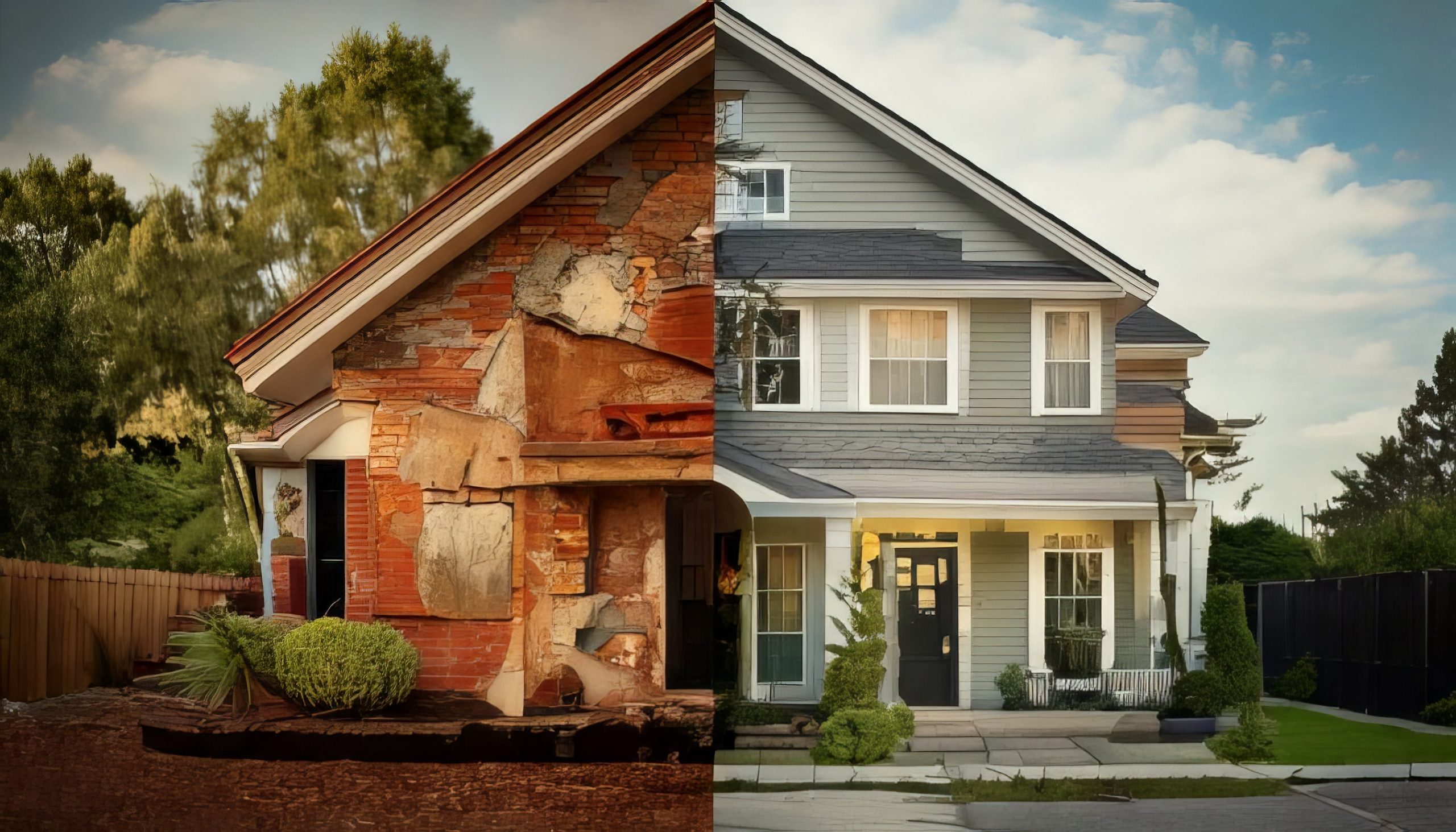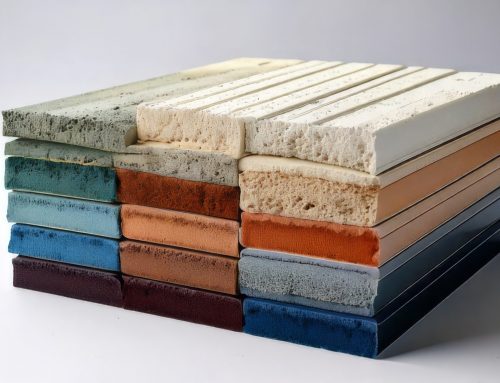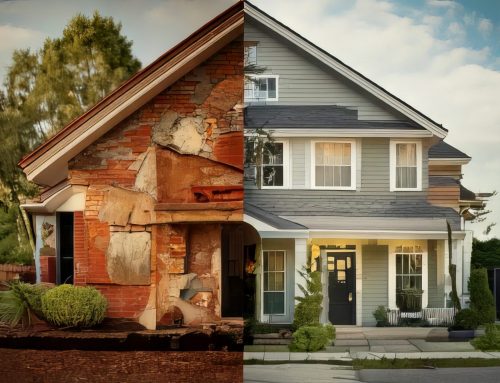Let’s talk about a topic that worries us all: humidity! That unwanted guest that sneaks into our buildings and brings us no end of problems.
The truth is, humidity is one of the worst enemies of any structure. It not only affects the building itself, but also our health and well-being. That’s why understanding how it gets into our buildings and when we need a moisture repellent is crucial.
Why is Humidity So Damaging?
Humidity can manifest itself in many forms, and each one is just as harmful:
-
Capillary Action: Water Climbing Like a Sponge: Imagine water from the ground rising up your walls like a giant sponge. That’s capillary action. It’s common in foundations and buried walls, and it can carry moisture up to the upper walls, causing damage, stains, and a damp indoor environment. Not pleasant at all!
-
Seepage: Water Forging a Path: Have you ever seen those drips on the walls? That’s seepage. It happens when water sneaks through cracks, poorly sealed joints, or porous materials. In buried walls, the pressure of the earth and water increases the risk of seepage, causing puddles, structural damage, and corrosion.
-
Fungi: The Silent Invaders: Constant humidity creates the perfect environment for the growth of fungi like mold and mildew. These are not only unsightly and smell bad, but they also deteriorate building materials and release spores that affect our health, causing allergies and respiratory problems.
When Do We Need a Moisture Repellent?
The answer is simple: whenever we want to protect our buildings from the damage caused by humidity! But there are some situations where it’s absolutely necessary:
-
Humid Areas: The Environment Conspires: In regions with high ambient humidity, building materials tend to absorb more moisture from the air, increasing the risk of problems.
-
Buried Structures: Direct Contact with the Enemy: Foundations, slabs, and buried walls are constantly exposed to moisture in the ground. Without adequate protection, capillary action and seepage are almost inevitable. If you’re building, waterproof the foundations from the start! And if you’re renovating, don’t wait until the damage is irreparable.
-
Swimming Pools and Tanks: Water on the Prowl: Swimming pools, water tanks, and tunnels need robust waterproofing to prevent leaks and damage to the surrounding structure.
-
Seismic Zones: Treacherous Movements: In seismic areas, movements can generate fissures where moisture seeps in. Use flexible joints to protect your buildings.
-
Before Delicate Finishes: Caution is Key: If you’re going to use paint, wallpaper, or wood in damp areas, waterproof first! That way you make sure they adhere correctly and don’t get damaged.
TopK H2OFF: An Ally Against Humidity
This mortar based on cements and additives is designed to waterproof concrete, brick, and masonry surfaces. It is easily applied in a thin layer and withstands high water pressures, both positive and negative. In addition, it allows the materials to breathe, preventing the accumulation of steam and condensation.
To apply it correctly, make sure the surface is clean and solid, and dampen it abundantly. Mix the product with water until you get a homogeneous paste.
A moisture repellent is a smart investment that protects your buildings and contributes to their longevity.
Thinking about it, the fight against humidity is like a constant battle. Doesn’t it seem that sometimes we focus too much on solving problems once they appear, instead of taking preventive measures? Wouldn’t a more intelligent and sustainable approach be to anticipate problems rather than simply reacting to them?
Well, I think I’ve gone on for too long! The truth is, I’m passionate about this topic, but I have to get back to work. I hope this information is useful to you. Until next time, and happy building without humidity!



Deja tu comentario